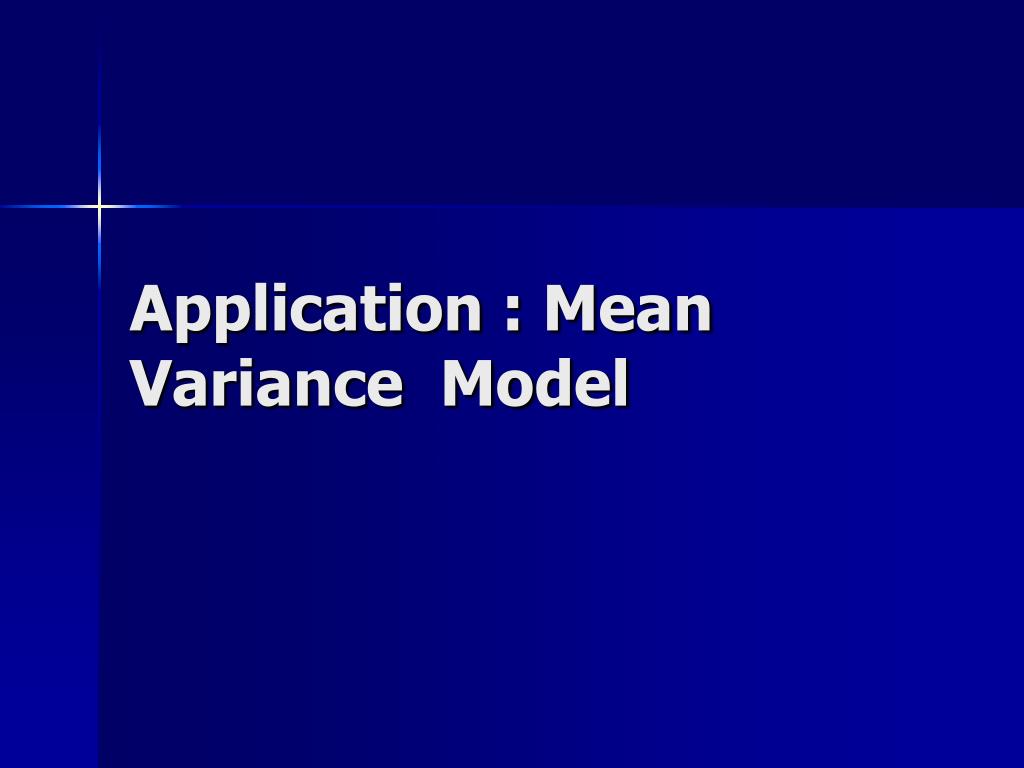
Journal of Risk and Uncertainty, 24, 103–130. A microeconometric test of alternative stochastic theories of risky choice. Journal of Economic Psychology, 18, 469–486. Inferring risk attitudes from certainty equivalents: some lessons from an experimental study. Journal of Mathematical Economics, 63, 164–173. A theory of stochastic choice under uncertainty. Survival models for heterogeneous populations derived from stable distributions. Journal of Mathematical Psychology, 33, 206–222. Ellsberg revisited: an experimental study. Fourier analysis and boundary value problems. On the shape of the probability weighting function. Poldrack (Eds.), Neuroeconomics: decision making and the brain. An introduction to probability theory and its applications, Vol. A measurement error approach for modeling consumer risk preference. American Economic Review, 97, 277–297.Įliashberg, J., & Hauser, J. Imprecision as an account of the preference reversal phenomenon. Risk and rationality: uncovering heterogeneity in probability distortion. A parameter-free estimation of the probability weighting function in medical decision analysis. Journal of Applied Econometrics, 25, 963–986.īleichrodt, H., & Pinto, J. Models of stochastic choice and decision theories: why both are important for analyzing decisions. Behavioral Science, 8, 41–55.īlavatskyy, P., & Pogrebna, G. Journal of Political Economy (forthcoming).īecker, G. Monotone stochastic choice models: The case of risk and time preferences. Preference for flexibility and random choice. Loss aversion under prospect theory: a parameter-free measurement. Management Science, 46, 1497–1512.Ībdellaoui, M., Bleichrodt, H., & Paraschiv, C. Parameter-free elicitation of utility and probability weighting functions. Again the blue graph represents the diffusion case whereas the purple graph represents the jump diffusion case.Abdellaoui, M. You can control the size and intensity of the jumps.įinally, the expected portfolio value graph plots the expected wealth process with respect to time. The purple graph represents the optimal strategy under the assumption that the risky asset is governed by a jump diffusion. The blue graph represents the optimal trading strategy in the case of a Black–Scholes type model. The amount of money invested in the stock as function of the amount of money invested in the bond can be written as stock = bond.

The optimal trading strategy graph shows the proportion of wealth that should be invested in the stock and the bond, respectively. The optimal performance function (also know as the optimal value function) is the maximum expected utility from terminal wealth starting with an initial endowment. The expected terminal wealth shows the expected wealth at the end of the investment horizon. A negative value means that the stock is sold short and the money is invested in the bond. A value greater than one means that the optimal portfolio is a leveraged portfolio for which money from the bank is borrowed (bond is short sold) and invested in the stock. The optimal strategy is defined as the proportion of wealth held in the stock, meaning the amount of money invested in the stock divided by the total amount of wealth.

The table shows the numerical results of the portfolio selection problem. In the case of a power or log utility, this parameter is equal to. The Arrow–Pratt index of risk aversion is defined by. The value represents log utility and represents a power utility function of the form. You can change the utility function using the risk aversion parameter. The first graph shows the utility function used.


 0 kommentar(er)
0 kommentar(er)
